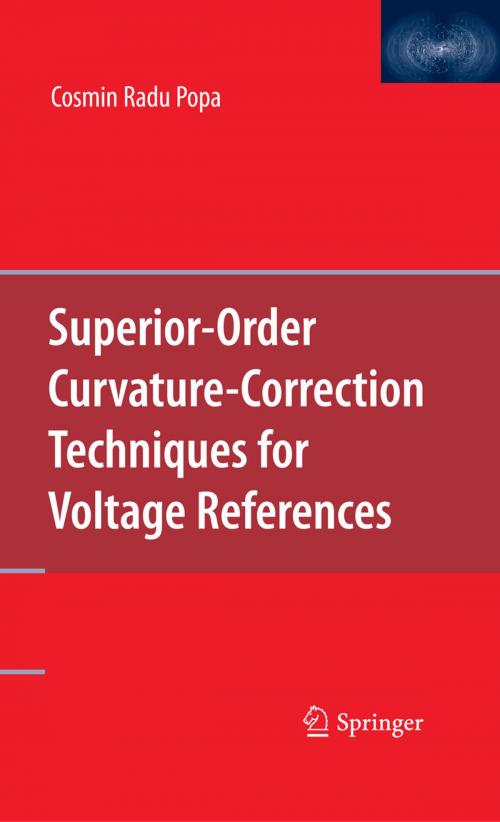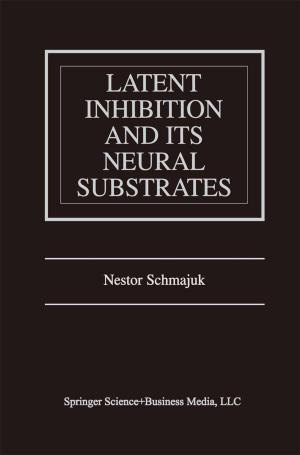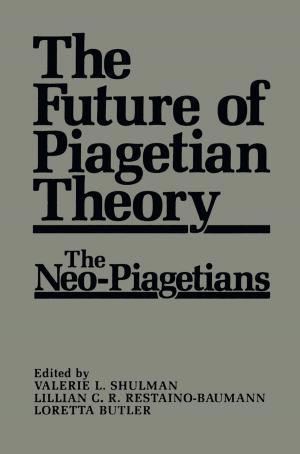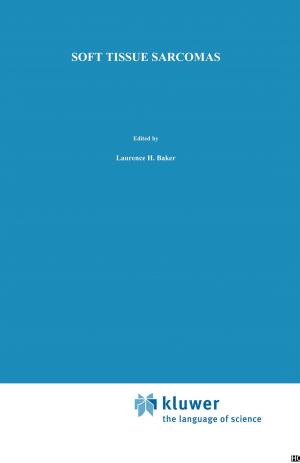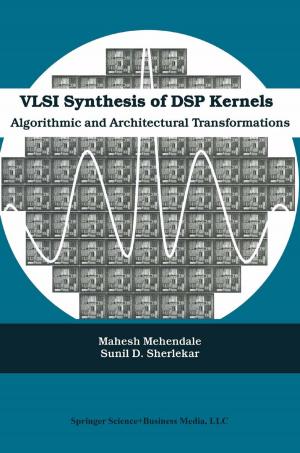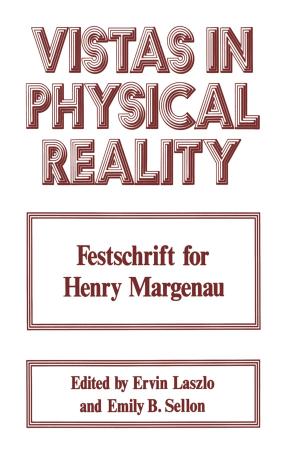Superior-Order Curvature-Correction Techniques for Voltage References
Nonfiction, Science & Nature, Technology, Machinery, Electronics, Circuits| Author: | Cosmin Radu Popa | ISBN: | 9781441904164 |
| Publisher: | Springer US | Publication: | September 1, 2009 |
| Imprint: | Springer | Language: | English |
| Author: | Cosmin Radu Popa |
| ISBN: | 9781441904164 |
| Publisher: | Springer US |
| Publication: | September 1, 2009 |
| Imprint: | Springer |
| Language: | English |
Voltage references represent important VLSI structures, having multiple appli- tions in analog and mixed-signal circuits: measurement equipment, voltage re- lators, temperature sensors, data acquisition systems, memories, or AD and DA converters. Operating as a subcircuit in a complex system, an important requi- ment for this class of circuits is represented by the possibility of implementation in the existing technology, using the available active and passive devices. The most important performances of a voltage reference circuit are represented by temperature behavior, power supply rejection ratio, transient response and, for the latest designs, by low-power low-voltage operation. Depending on the load - quirements, the output of the circuit can be regulated or unregulated. In order to reduce the sensitivity of the reference voltage with respect to the supply voltage variations, modi?ed cascode structures can be implemented, a trade-off between line regulation and low-voltage operation being necessary in this case. A large bandwidth of the voltage reference improves the transient behavior of the circuit, implying also a good noise rejection. Referringtothe possibilities ofimplementinga voltagereferencecircuit,two d- ferent approaches could be identi?ed: voltage-mode and current-mode topologies, being also possible to design a mixed-mode voltage reference.
Voltage references represent important VLSI structures, having multiple appli- tions in analog and mixed-signal circuits: measurement equipment, voltage re- lators, temperature sensors, data acquisition systems, memories, or AD and DA converters. Operating as a subcircuit in a complex system, an important requi- ment for this class of circuits is represented by the possibility of implementation in the existing technology, using the available active and passive devices. The most important performances of a voltage reference circuit are represented by temperature behavior, power supply rejection ratio, transient response and, for the latest designs, by low-power low-voltage operation. Depending on the load - quirements, the output of the circuit can be regulated or unregulated. In order to reduce the sensitivity of the reference voltage with respect to the supply voltage variations, modi?ed cascode structures can be implemented, a trade-off between line regulation and low-voltage operation being necessary in this case. A large bandwidth of the voltage reference improves the transient behavior of the circuit, implying also a good noise rejection. Referringtothe possibilities ofimplementinga voltagereferencecircuit,two d- ferent approaches could be identi?ed: voltage-mode and current-mode topologies, being also possible to design a mixed-mode voltage reference.
